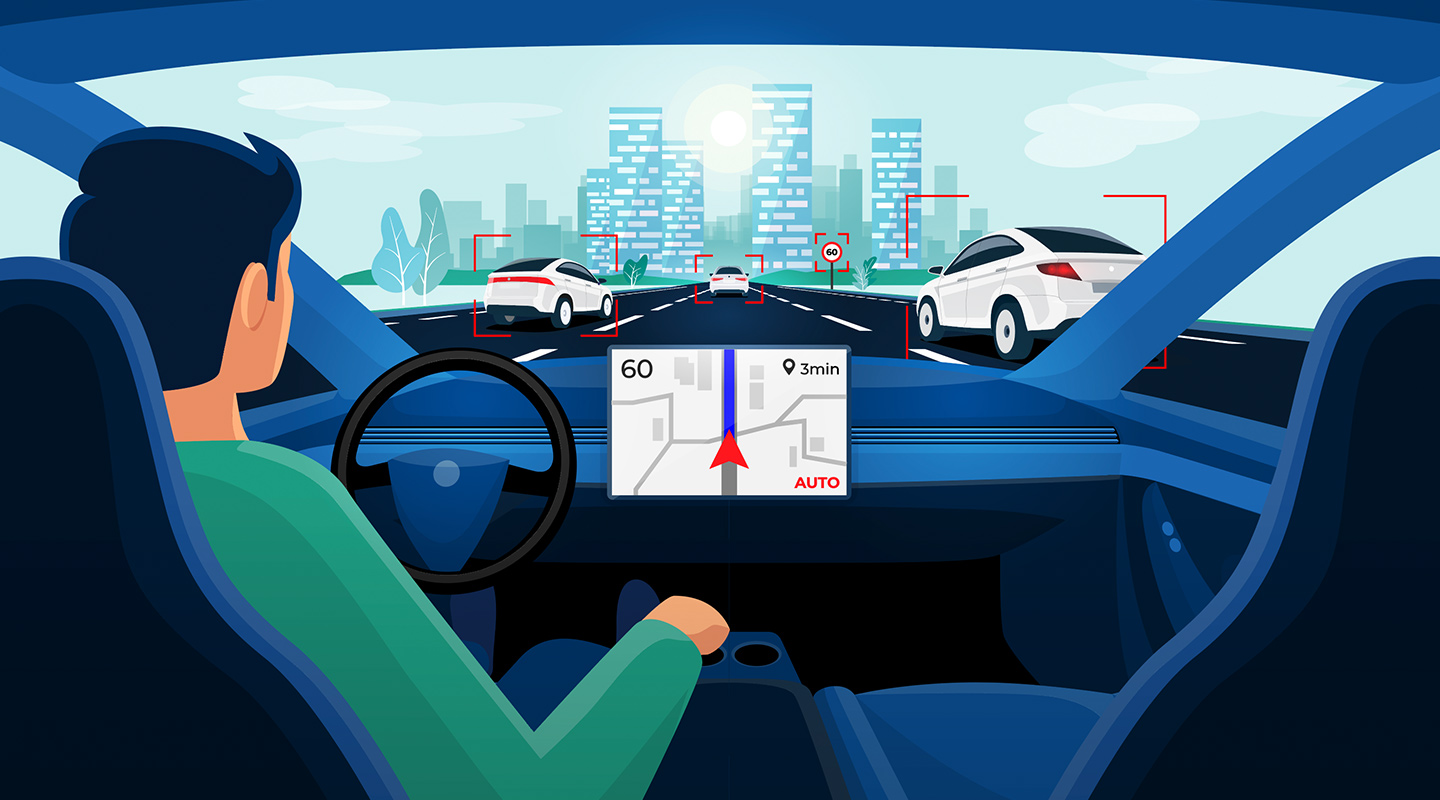Advances in driverless cars and the accompanying infrastructure just keep rolling toward their inevitable widespread availability. Most recently, estimates suggest spending on technology infrastructure and services in support of autonomous vehicles will rise to $39 billion by 2026, a mere five years from now.
As we discussed in our previous blog, the transition to autonomous vehicles (AVs) will require insurers to develop different types of commercial, personal, and liability coverages than before. It will also necessitate the evolution of usage-based insurance (UBI), as well as partnering with automobile and third-party manufacturers in new ways.
For property and casualty insurers like Metromile and others, this means the time to make strategic insurance technology decisions and investments is now.
“We’re designing our platform to understand when a human driver is taking over for the autonomous systems and vice versa,” explains Paw Andersen, Metromile’s CTO. “Because Metromile is inherently connected and adaptive, we can market and underwrite new models for insurance, including a solution for driverless vehicles.”
With this entry in our series on AVs and UBI, we’ll discuss the technology infrastructure capabilities you’ll need to address for staying competitive in a driverless world.
Evolve your “customer” definition
The inherent complexity of AVs will require you to evolve your definition of auto insurance customer, with related effects on underwriting and servicing. Although detailed in our previous blogs, generally, your customers will be:
- Vehicle Manufacturers, who will incorporate your insurance coverages into their warranties for new and OEM-updated AVs. For you to underwrite risk, you’ll gather data and technology certifications from the manufacturer as well as vehicle purchaser information. To service policies and handle claims, you’ll work with both manufactures and vehicle owners.
- Subsystem and DIY Kit Developers, who will also integrate insurance into their warranties with the same effects on underwriting, servicing, and claims.
- Vehicle Owners, Operators, and Passengers, who are expected to seek coverage beyond what’s provided with a vehicle purchase or during a hired ride. This will include personal and commercial policies for liability, personal injury, and underinsured motorist coverages. Vehicle owners and operators will increasingly expect usage-based plans while passengers, particularly those using ride-hailing or public transit, will similarly want excursion-based options and subscriptions of varying lengths.
- Government Entities, who will purchase coverages for the smart roadway infrastructure that is already being established in support of AVs.
Obtain next-generation data and analytics capabilities
In addition to new types of customer relationships, you’ll also need to access and analyze vastly larger pools of data. With smart infrastructure generating traffic-related data around the clock and each excursion in an AV producing gigabytes or terabytes of information, the amount of available data per vehicle will escalate exponentially.
Consequently, insurers will need data lakes and analytics systems capable of drawing insights from multiple internal and external data sources for underwriting and claims handling. Carriers will also be expected to share insights with business partners and governments for improving AV technologies, enhancing roadways, and serving customers.
For example, when a semi-autonomous vehicle is involved in a multi-car accident, the liable party could be the driver, the vehicle, the other vehicles, the other operators, or the smart roadway all parties depend upon. As the insurer, you need technologies for quickly gathering, storing, and sifting through the mountains of associated data to serve customers and process claims.
Adopt a versatile coretech platform
No matter which driverless market segment you pursue, it’s a sure bet you’ll need core systems up to the task. Fortunately, a new category of solutions, called coretech, takes a fresh approach to meeting the complicated real-time demands.
Coretech combines an insurtech’s customer-centric approach with purpose-built, end-to-end insurance functionality and scalability. Coretech solutions provide an ecosystems-enabling platform engineered from the ground up to streamline complex situations like AV insurance.
A leading coretech platform offers your business users intuitive tools for rapidly adjusting to new market demands. Your IT staff gains robust infrastructure that simplifies deployment and maintenance. Attributes of an innovative coretech solution include:
Open. Enables unfettered, inbound and outbound interactions, whether external customer and third-party systems or internal data and analytics solutions, through thousands of open-source APIs and events. Easily adaptable to business user needs, an advanced coretech can even be deployed to leverage legacy systems to speed transformation.
Customer centric. As a multi-line platform, it permits introducing any product, in any channel, and selling it to any customer. It provides configurable tools and leverages AI-assisted automation to blend channels into a unified or “channel-less” experience, whether B2C, B2B or B2B2C.
Cloud native. Designed for the cloud, featuring secure microservices architectures, containerization, and event-driven capabilities, it is cloud agnostic, rapidly scalable, and natively resilient. It breaks through barriers associated with “lift-and-shift” modern legacy solutions that have simply been deployed in the cloud and marketed as “SaaS.”
SaaS delivered. Empowers you to focus on your core business while leaning on SaaS delivery for performance, reliability, security, and compliance.
DevOps enabled. Supplies rapid implementation, innovation, and transformation with fast and low-cost product launches, non-disruptive upgrades, automated builds, and continuous agile cycles that integrate, deploy and deliver new or updated products. DevOps reduces IT training needs and increases management efficiency through cross-platform Infrastructure-as-Code (IaC).
Cost effective. Promote cost predictability and reduces risk by moving capital costs to operating expenses, which lowers TCO and generates faster ROI.
In short, evolving your customer definitions and establishing the right IT infrastructure to power your driverless product offerings are the next critical action item on your AV and UBI to-do lists. Implementing advanced coretech, analytics, and data solutions enable you to do the job right.
Case in point: Metromile’s planned driverless UBI
Just one real-world example of how insurers are leveraging coretech to lead the way in developing AV coverages comes from Metromile. It’s partnering with EIS to deploy a multi-state offering that supports its usage-based insurance models, data privacy, and scalable rating and price discounting.
Beyond offering pay-per-mile and UBI, the Metromile solution may consider product liability. In other words, it’s one thing to provide UBI for conventionally driven vehicles and another when the AV takes over. Metromile is building an offering it believes will accommodate both.
Critical to the Metromile solution is providing data privacy, which the EIS coretech platform handles seamlessly. Also vital is the native scalability of the EIS SaaS-delivered platform, enabling Metromile to supply coverage that works in any mass market it chooses to enter.
For more on Metromile’s groundbreaking pay-per-mile and UBI offering, check out the on-demand webinar, Upgrading the UBI model: How One Insurer is Customizing Auto Policies by Putting the Customer in the Driver’s Seat.
To review concepts in our previous blogs, consult Full Speed Ahead: Opportunities and Challenges in a Driverless Paradigm, Full Speed Ahead: The Shape of Vehicle Risk in a Driverless World, and Full Speed Ahead: The State of Autonomous Vehicles and What Insurers Need to Know.




